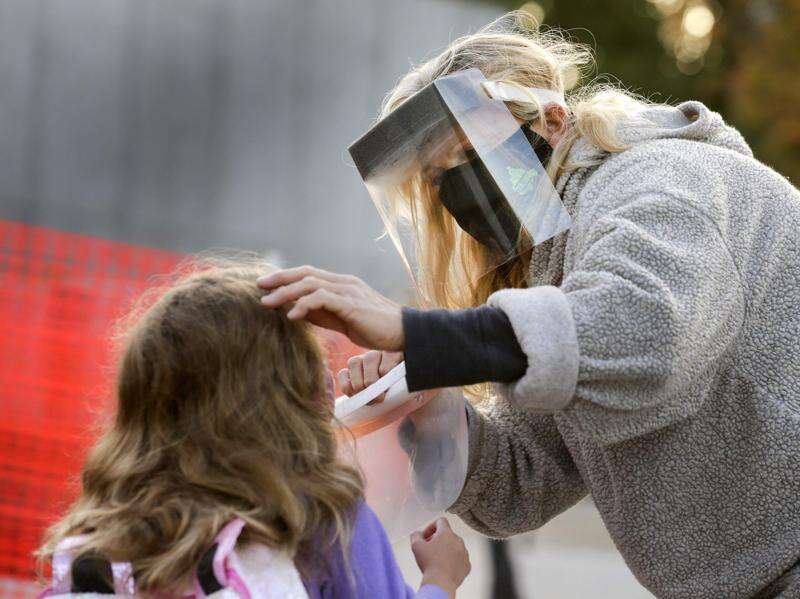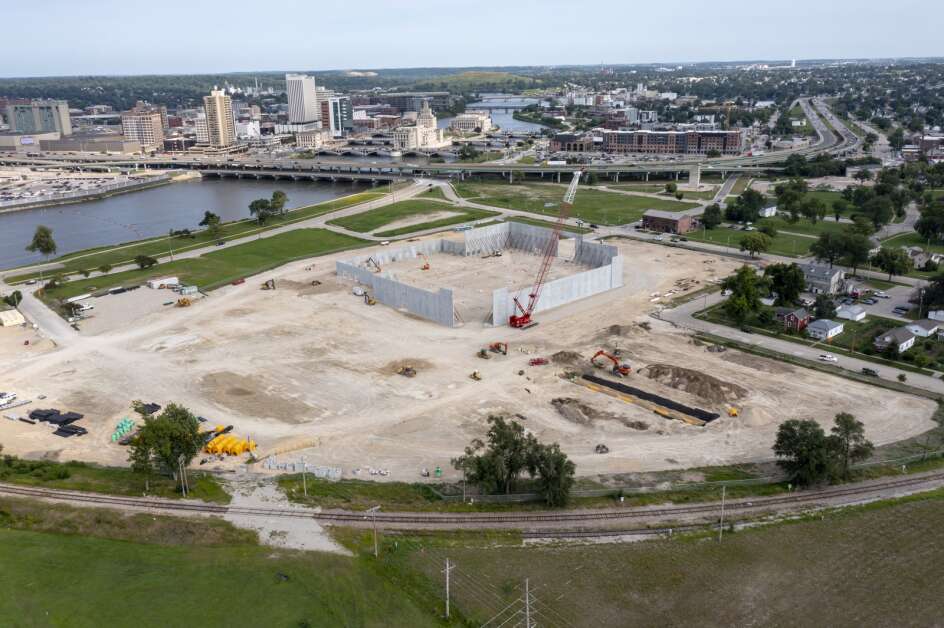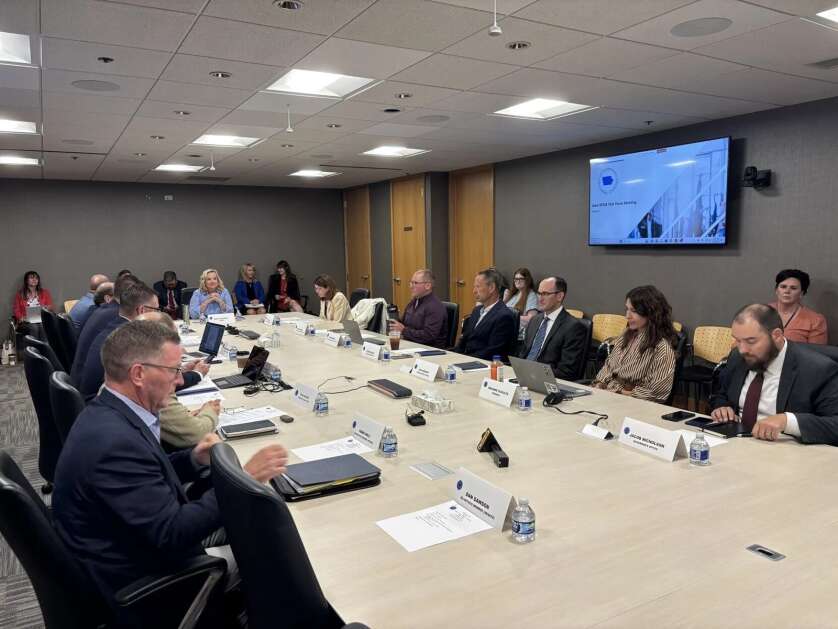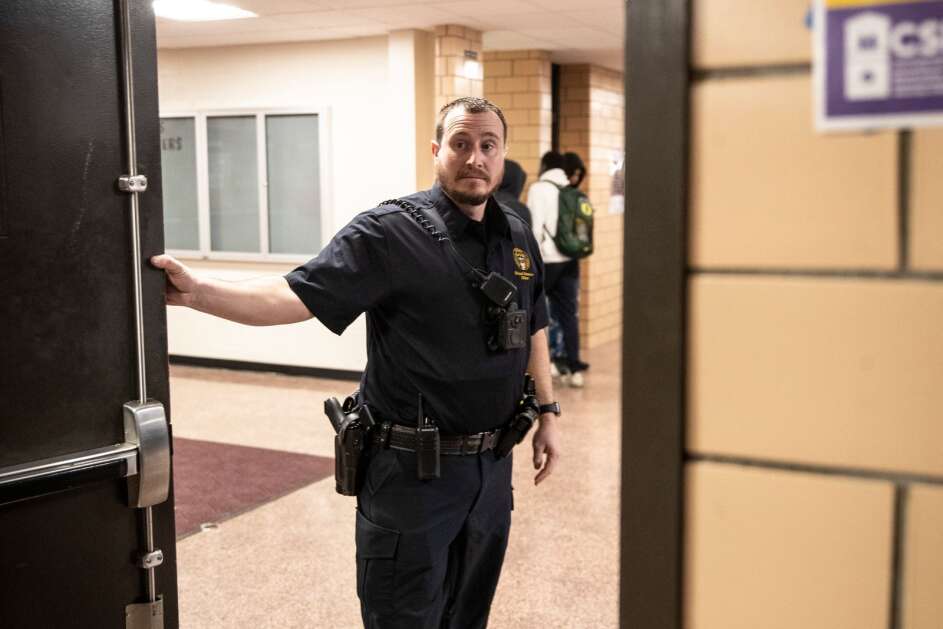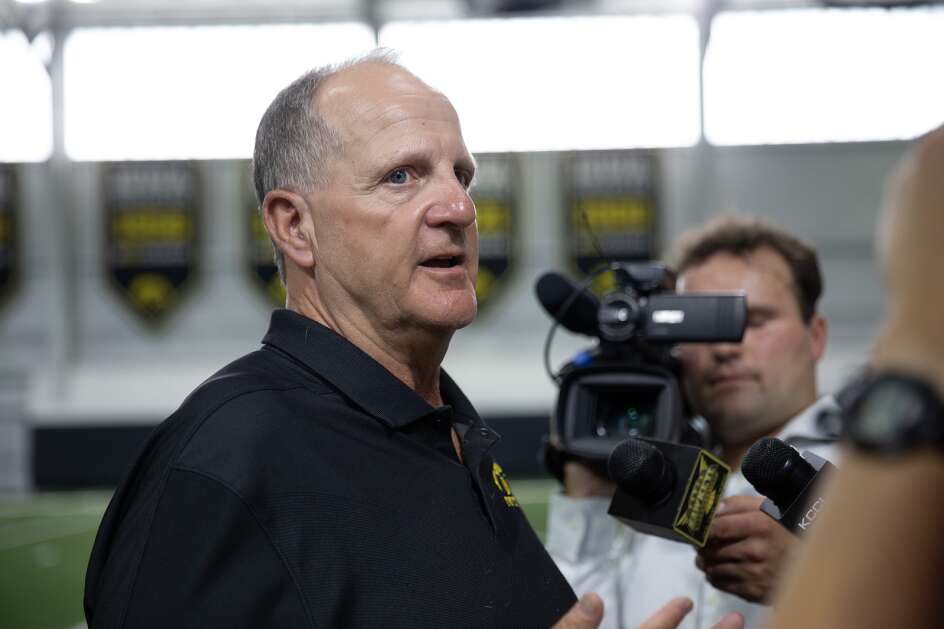The Gazette uses Instaread to provide audio versions of its articles. Some words might not be spoken correctly.
Like bridges, the concrete used to construct education was first intended to be a dialogue of questions and answers. It was utilized by Socrates over two thousand years ago. It has been important for teachers and students to have heart-to-heart and mind-to-mind conversations on the essence of things.
Teachers were forced to wear masks because the illness made everyone more aware of their distance from one another. Like astronauts on the moon, we initially covered our masks with plastic shields in the college system. We were hesitant to move through the aisles.
After that, we went to the computer, which had settings on a sidebar and voiceover from screen to screen. The experience was now the computer face.
Conventional classrooms were coming to an end.
We initially oversaw classrooms in person while wearing our space helmet, plastic shield, and mouth masks. Then, rowdy behavior was given a longer pass, and quiet pupils had more reasons to avoid discussions.
We inquired about their level of learning. We inquired if this was instruction.
The customary teacher banter between lessons turned into a well-known “How’d it go?” Did they understand the information that was delivered to them and did they react?
Over the course of these brief years, the virus shaped the discourse and the relationship between students and teachers during this historical transition in education. The futuristic sci-fi community’s alarming remarks about losing humanity were shadowed by lessons taught through a screen on a frigid, black-footed machine.
Teachers realized that it takes a person-to-person interaction to impact another person’s mind with genuine curiosity in the insight and gift of knowledge.
Learning requires passion. Teaching is an art as much as a science.
Classrooms are experiences.
There are experiences in the person-to-person conversation that we might never forget. Elders will still discuss a teacher, an event, or an illustration. ‘Next’ was pronounced as next-ah by my sixth-grade teacher.
When we learn a lesson, we recall where we were. We discuss a topic, human nature, past actions, human vices, and people’s lofty aspirations and desires.
In one classroom, it was that “I understand what you’re saying” moment that changed everything. According to some educators, that is the fruit of labor. You will always discover that the reason you teach is for the kids, the people, the conversation, and the give and take.
There was a piece in the news about the same complaints from students every year. More lessons on computers. It’s a significant message.
It portrays how monotonous and repetitive sitting in front of a screen can be. It laments how actively anything is learned and acquired in the face of a screen, with faces cut off from bodies and away from the smiles and grimaces of the group that sits, laughs, and learns together.
We are alive when we join together, not separated in space but breathing the same dust, sharing the air of Socrates and the aspirations of learning, because we are somehow sensitive to the group and the hope. We also gain knowledge.
Tim Trenkle teaches and writes at the university and community college levels. Dubuque is where he resides.
